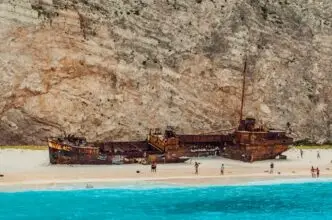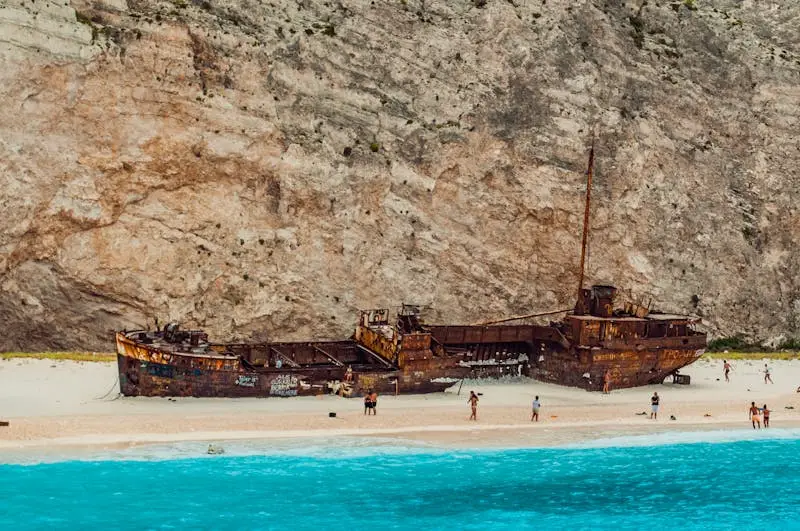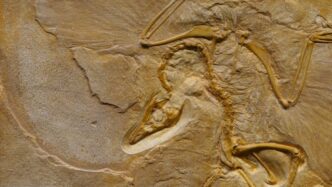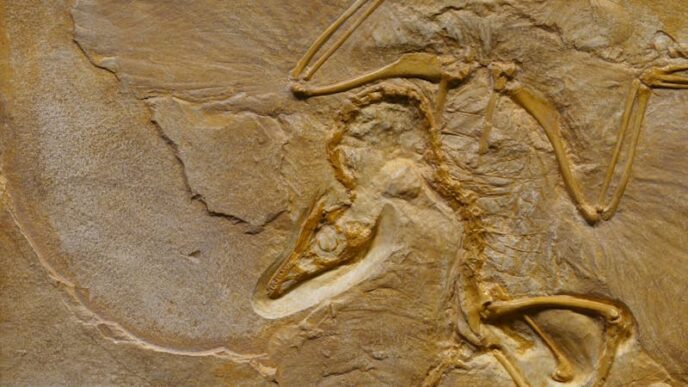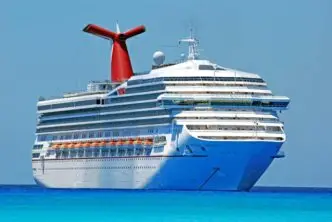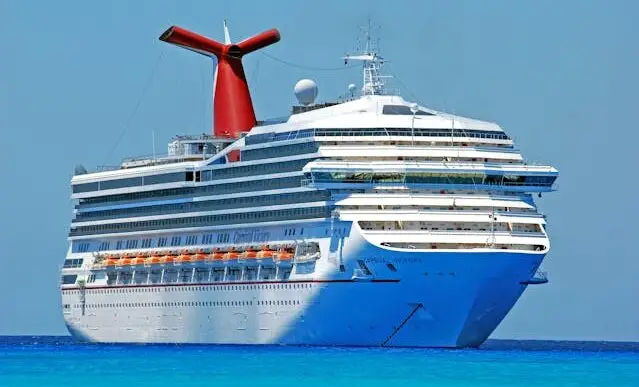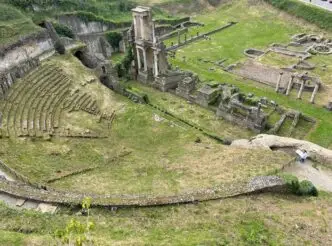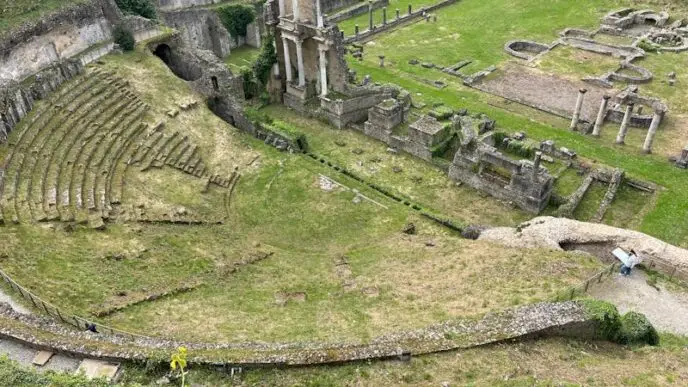300-Year-Old Danish Slave Ships Discovered Off Costa Rican Coast
Two centuries-old Danish slave ships, Fridericus Quartus and Christianus Quintus, lost to the annals of history, have been unearthed off the coast of Costa Rica. The monumental discovery arrived after an intense underwater excavation led by a team of international divers.
The ships, which met their tragic end in a shipwreck in 1710, are believed to have been part of the Danish transatlantic slave trade, a dark chapter in world history that saw millions of African people forcibly transported to the Americas. The recent find offers a significant opportunity to deepen our understanding of this historic period and its far-reaching implications.
Significant Findings
After months of meticulously combing the seabed, the divers were eventually rewarded with the discovery of the two ships lost for over 300 years. The vessels, Fridericus Quartus and Christianus Quintus, were identified via the distinctive markings and construction techniques unique to Danish shipbuilding of the era.
Artifacts found within the wreckage, including cannons, navigational instruments, and personal effects of the crew, further cemented the identification. Even more, the haunting remnants of manacles and shackles, believed to have been used on enslaved individuals, were also unearthed, painting a grim picture of the vessels’ past.
Historical Context and Implications
The discovery of the 300-year-old slave ships provides a stark reminder of the transatlantic slave trade, a practice that lasted for more than 300 years and forever altered the course of history. During this period, Denmark was one of several European nations involved in the horrific trade of human beings. The nation’s involvement in the slave trade began in the 17th century and continued until the early 19th century when international pressure led to its abolition.
The Fridericus Quartus and Christianus Quintus were part of a fleet of ships operated by the Danish West India Company, a chartered company that was instrumental in Denmark’s involvement in the slave trade. The ships sailed from Denmark to the West African coast, where they forcibly transported enslaved Africans to plantations in the Caribbean and the Americas.
Unearthing a Dark Past
The grim artifacts found within the shipwrecks serve as tangible evidence of the brutal conditions endured by enslaved Africans during the transatlantic journey. The manacles and shackles discovered paint a chilling picture of the inhumanity suffered on these ships. These finds underscore the harsh reality of the Middle Passage, the journey enslaved Africans were forced to endure across the Atlantic Ocean.
While the discovery of the shipwrecks is significant, it is also a solemn reminder of the human cost associated with the slave trade. It provides an opportunity for historians and researchers to confront and dissect this dark chapter in human history. The excavation and subsequent study of the shipwrecks will undoubtedly contribute to a deeper understanding of the transatlantic slave trade and its lasting impact.
The discovery of the Fridericus Quartus and Christianus Quintus also highlights the role of underwater archaeology in uncovering the past. The use of advanced diving and surveying techniques has made it possible to uncover these long-lost relics of history, allowing us to delve deeper into our understanding of the past.
As the study of the shipwrecks continues, it is hoped that further revelations will come to light, adding more depth to our understanding of this brutal period of history. The findings are a testament to the strength and resilience of those who suffered under the yoke of slavery, and a stark reminder of a past that should never be forgotten.

